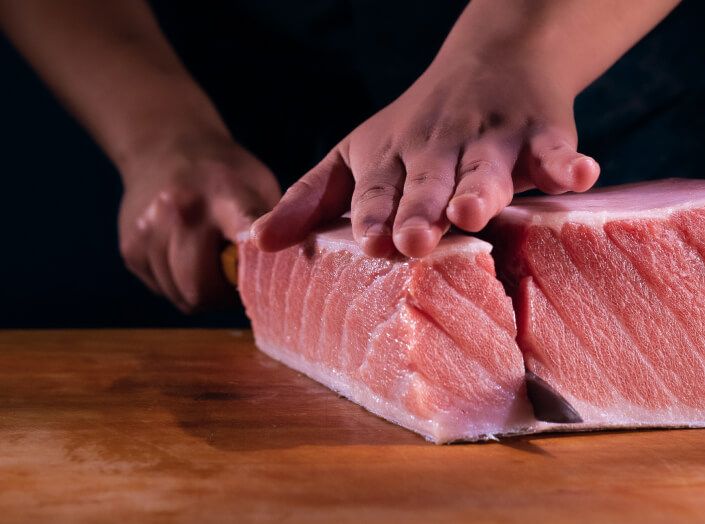Certification of compliance with authenticity, traceability, environmental sustainability and good handling practices relating to anisakis
Environmental sustainability
Environmental sustainability has been evaluated based on the monitoring and auditing of the ICCAT management plan for bluefin tuna in the eastern Atlantic and the Mediterranean Sea in all phases of our activity, starting with extractive fishing, transport of fish to the fish husbandry pools, fattening, extraction and finally marketing and distribution.
Similarly, the sustainability of the fish husbandry activity has been taken into consideration regarding the environmental monitoring carried out to control the impact on the marine environment and ensure that our activity is compatible with it.
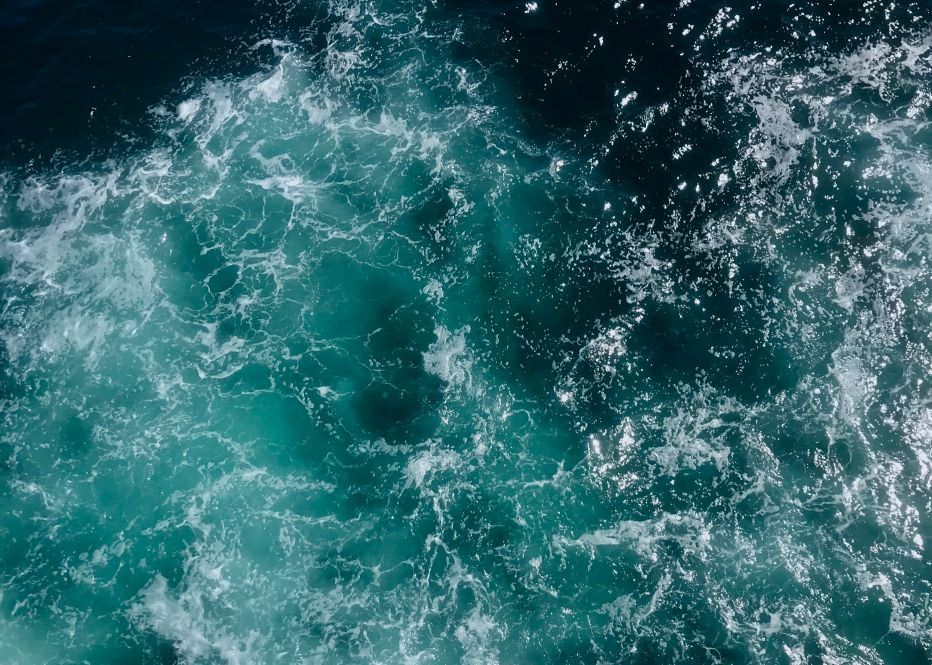
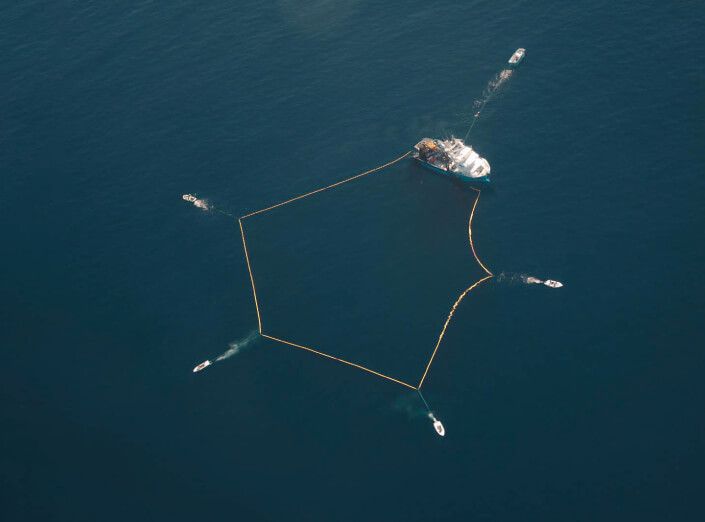
Extractive fishing
The registry for all of the vessels involved in the process has been verified with the competent authority, both for the fishing vessels and the vessels towing the fish to the fish husbandry concession. Likewise, the fishing quota assigned to each vessel and its management throughout the fishing period have been verified.
The processes of capture and the preceding transfer and transport operations to the fish husbandry pools have been audited, confirming that they have been carried out in accordance with the authorisations for each vessel and that the communications with the competent administration regarding these operations have been carried out within the times stipulated in the regulations.
Fattening phase
The information transmitted to the competent authority prior to each addition to the fish husbandry pools stock has been audited. Likewise, all the additions to the fish husbandry pools stock, both in the number of specimens and in their average weight, has been verified by a fisheries inspector and by an independent observer designated by ICCAT.
The fish extractions from the pools have also been verified by an independent observer designated by ICCAT in terms of the number of fish captured and their weight.
Additionally, the notification procedure to the competent authority for the landing of fish have been audited, mandatory at least 4 hours before the event, to verify that they have been carried out within the time established.
Finally, the declarations of fish extraction have been verified, which have been made at most 48 hours after the extraction itself.
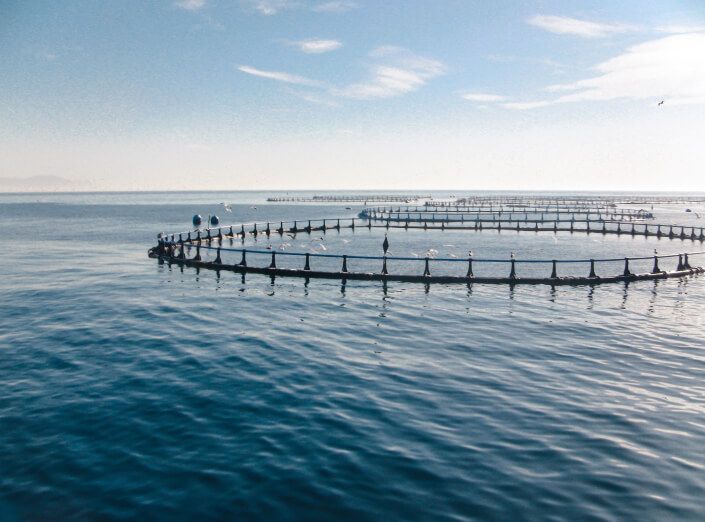

Environmental surveillance of fish husbandry activities
The environmental monitoring plan of the fish husbandry concession and the reports derived from it have been audited, as well as the technical training of the professionals in charge of its implementation.
Additionally, the definition of indicators and objectives within the same environmental monitoring plan and the conformance with them have been verified.
Likewise, and no less important than the preceding points, it has been verified that there is a procedure that ensures that the viscera of the gutted fish on the deck of the aquaculture concession vessel is transported to land by means of a watertight container. Finally, it has been verified that these viscera are properly managed through an authorised agent.
Traceability
Traceability is undoubtedly a key point within this certification. With the implementation in 2008 of the individual traceability system for fish, we position ourselves as pioneers within the fishing sector in product traceability systems. At the same level, the information related to the analytics carried out on the product that we provide to our clients when traceability is consulted by them is one of the best examples of transparency that we can contribute to our activity.
The product identification and traceability procedure has been audited from the addition of the fish into the fish husbandry pools to the end customer, passing through the different processing phases and the use of raw and auxiliary materials. In this sense, the individual traceability by fish and the system of publication of traceability data by batch, including the eBCD, and the corresponding analytical tests have been verified.
Within this scope, the traceability of the feedstuff given to the fish was also audited, so that the origin of the items fed to the animals was verified, confirming that the type of feedstuff is exclusively based on fish, without meal or additives of any kind.
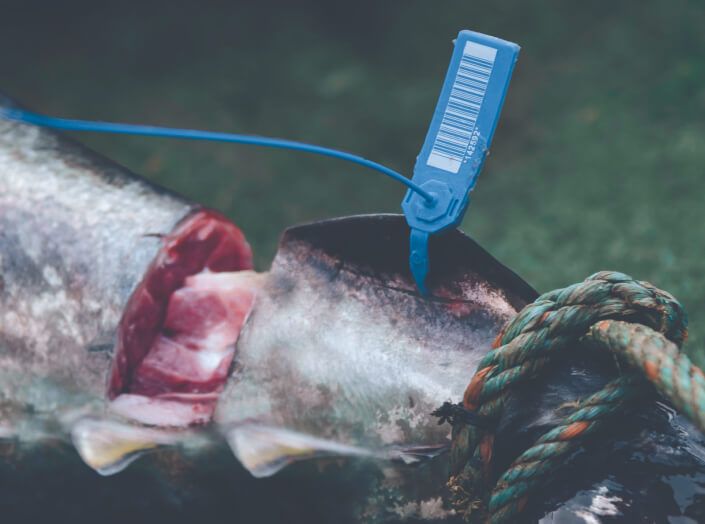
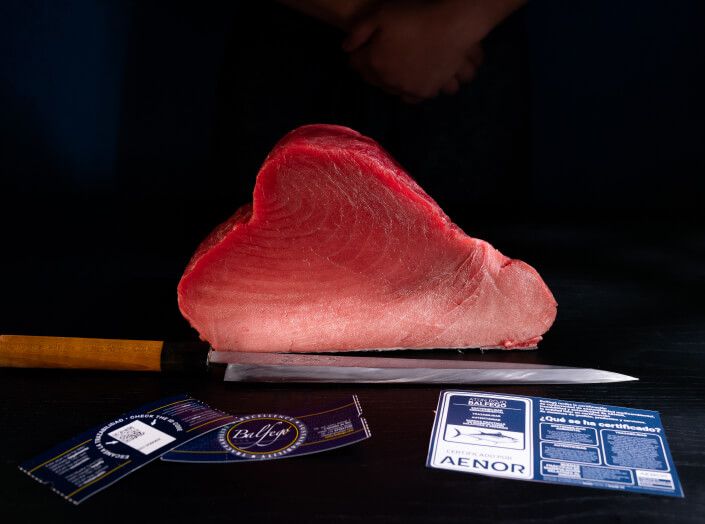
Authenticity
Frauds within the bluefin tuna and related species marketing chain are common. The fact that a large part of the product that reaches final consumers is in cut pieces format encourages the sale of species that are not those identified on the commercial label, taking advantage of the great similarity between pieces appearance. Because of this, the certification of the authenticity of the product was considered important as an exercise of differentiation within the world of tuna marketing and supply.
After conducting a fraud risk analysis regarding the marketing of our product, the need to carry out DNA testing of the product that we market as a verification of its authenticity was determined. This analysis plan has also been audited.
Good handling practices relating to anisakis
The presence of the Anisakis parasite has never been detected in bluefin tuna flesh. In the event that it is present in the viscera, the practice of immediately eviscerating the animals after their death, added to the fact that the thickness of the peritoneum in large fish makes it difficult for the parasite to migrate, results in a very low probability of Anisakis being present in the edible parts of the tuna.
These good practices implemented throughout the processing of the product have been audited to verify that, although the tuna cannot be categorised as free from Anisakis because it originates in the wild, good practices are applied to avoid the presence of the parasite.
In parallel to good handling practices, it has been established that only frozen fish is to be used in the feeding process according to the requirements defined in the approval of our feedstuff suppliers.
Finally, and according to the risk analysis carried out to evaluate the level of probability of the presence of Anisakis in the product, the presence of Anisakis is analysed within a defined periodicity using molecular biology techniques.
